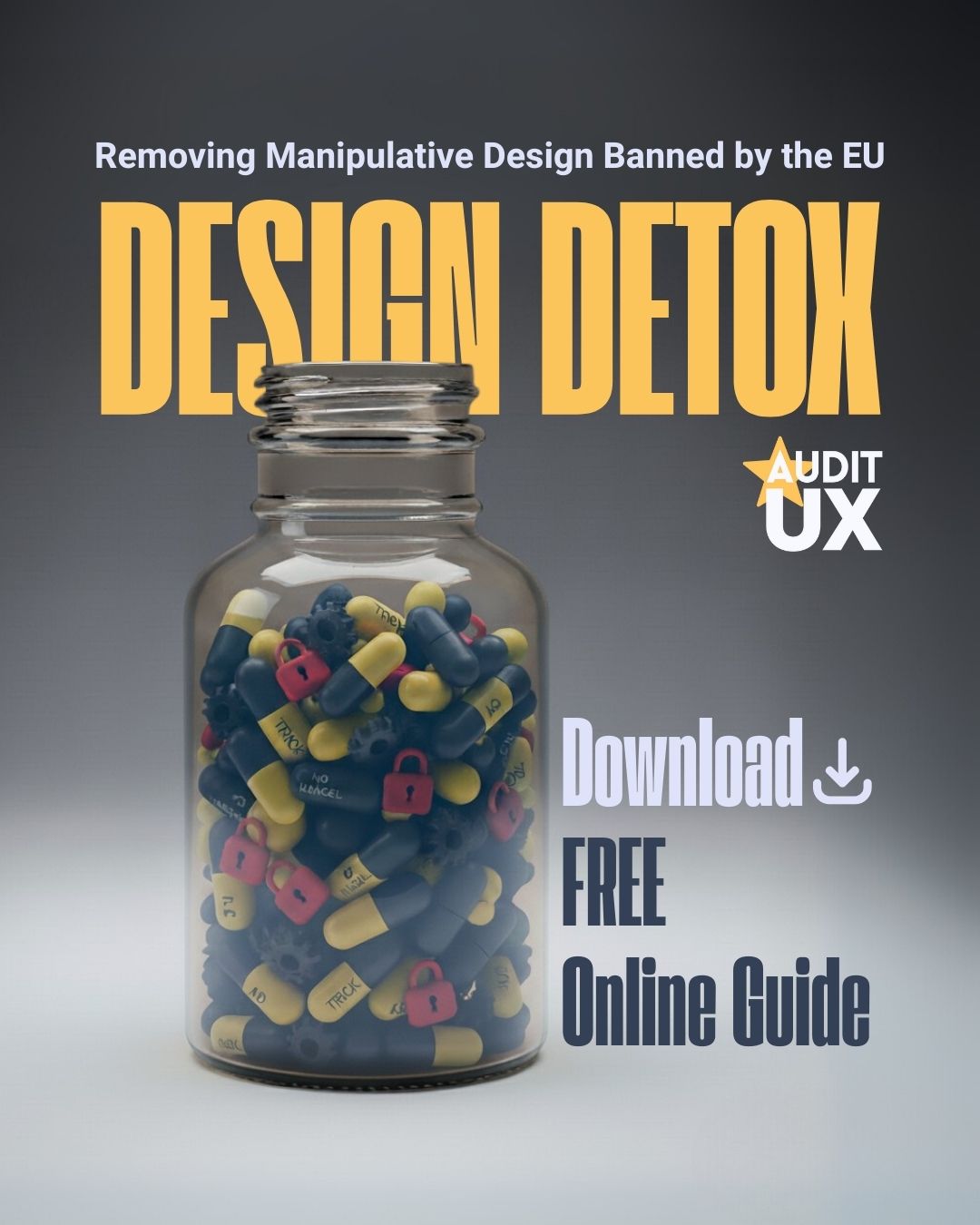When designing for consumers in the B2C (Business-to-Consumer) world, the main rule is clarity. Less is more. Lots of white space, large fonts, clear visual hierarchy – everything is simplified to capture and maintain users’ attention.
But when we talk about B2B (Business-to-Business) design, the rules change dramatically: more means better.
Why “More” Means Better in B2B?
In B2B, users are often professionals working with a massive amount of data daily. Think of industries like healthcare, finance, or legal services, where workflows are repetitive and complex.
These users don’t want minimalist interfaces. Instead, they’re looking for maximum efficiency. For them:
- More content = quicker access to the necessary information.
- More controls = less unnecessary navigation.
- More options on screen = fewer clicks to complete tasks.
The Problem with Minimalist Interfaces in B2B
A design that is too simplified can add unnecessary steps to their processes, leading to frustration and fatigue.
Imagine this:
- Each process has 10 steps.
- In each step, there are 10 more actions.
Now, add the page loads for each extra click. What should have been a simple task becomes a logistical nightmare.
How Do the Rules for B2B Design Differ?
- More content on the screen: Unlike public applications, where negative space is crucial, in B2B, you need to fit as much information as possible on a single screen. This helps users process data quickly without constantly navigating.
- Compact, but well-organized:
- Text and UI elements are smaller to save space.
- You use alignment, proximity, and logical grouping to create a visual balance.
- Efficiency > aesthetics: The design shouldn’t just be “pretty”, but functional. Users need to get their job done as quickly and easily as possible.
Atomic Design Instead of Global Changes
In enterprise design, you rarely have access to users for in-depth research or time for long-term UX strategies. The real situation looks like this:
- “It has to be better by Friday.”
- “The client won’t let us interview users.”
In these conditions, the only way is to focus on small, component-level improvements:
- Reorganize a table to make it easier to read.
- Add filtering or sorting options to save time.
- Simplify a workflow without eliminating essential functionalities.
How Do You Achieve the Perfect Balance?
The key is balance. Between density and readability, between functionality and aesthetics.
- Focus on logical grouping: Organize information into clearly defined blocks.
- Add strategic negative space: Even in compact designs, small spaces between elements help users navigate content more easily.
- Test efficiency: If users can do more with fewer clicks, you’re on the right track.
What Does All This Mean for You?
Enterprise design is different from commercial design. It’s not about minimalism; it’s about giving users everything they need, exactly where and when they need it. By prioritizing efficiency, adapting the interface, and focusing on small but meaningful improvements, you can turn even the most complex B2B applications into powerful tools.
More content. More controls. More sense. That’s what efficient design looks like in the B2B world.




